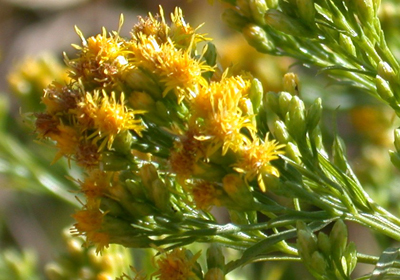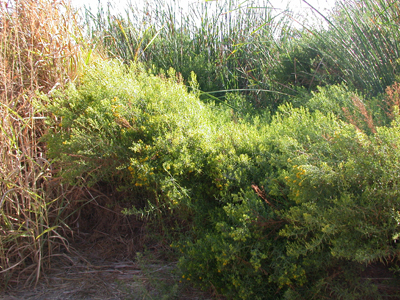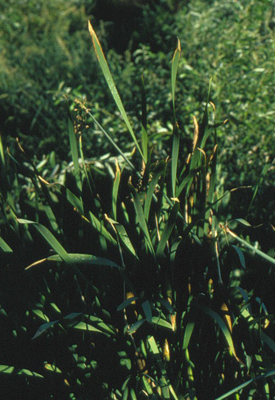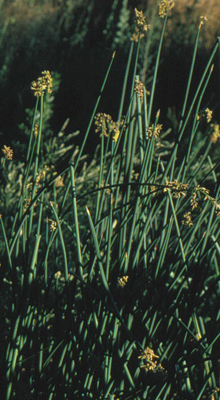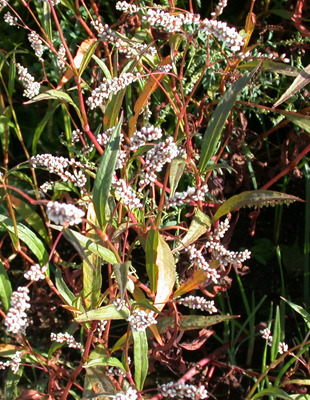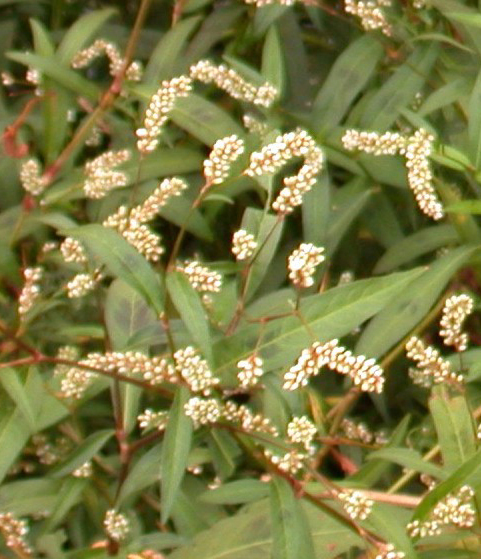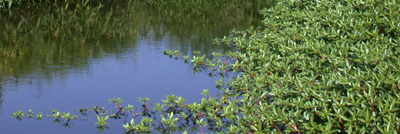|
|||||||||||||
COMMON AQUATIC PLANTS OF THE SEPULVEDA BASIN WILDLIFE RESERVE |
|||||||||||||
The term “aquatic plants” is used to describe plants that are found in or next to water. |
|||||||||||||
Western goldenrod (Euthamia occidentalis) - Sunflower Family |
||
This plant only occurs at the very edge of the Wildlife Lake, where the plant can have its roots in the water. In the fall it is one of the few flowering plants and attracts pollinators and predators such as spiders and praying mantids. |
||
Cattail (Typha spp.) - Cattail Family |
||
The cattail is a perennial that grows about 10 feet tall. cattails grow in marshes, ponds and lakes. Native Americans ate cooked cattail-root meal and cattail pollen mush. They used the stalks for matting, bedding and ceremonial bundles. The are two species of cattail, narrow-leaved (Typha angustifolia) and broad-leaf (Typha latifolia). Cattails have a flat leaf. |
||
California Bulrush (Scirpus californicus) - Sedge Family |
||
The bulrush can be distinguished from cattails by its 3-angled stems. The Chumash Indians used the bulrush (or tule) for thatching for houses, mats for sleeping, skirts, sandles, and waterbottles. |
||
Willow water-weed (Polygonum lapathifolium) - Buckwheat Family |
||
Water smartweed (Ludwigia peploides) - Evening Primrose Family |
||
above, water smartweed sends stems out into the L.A. River. |
||



